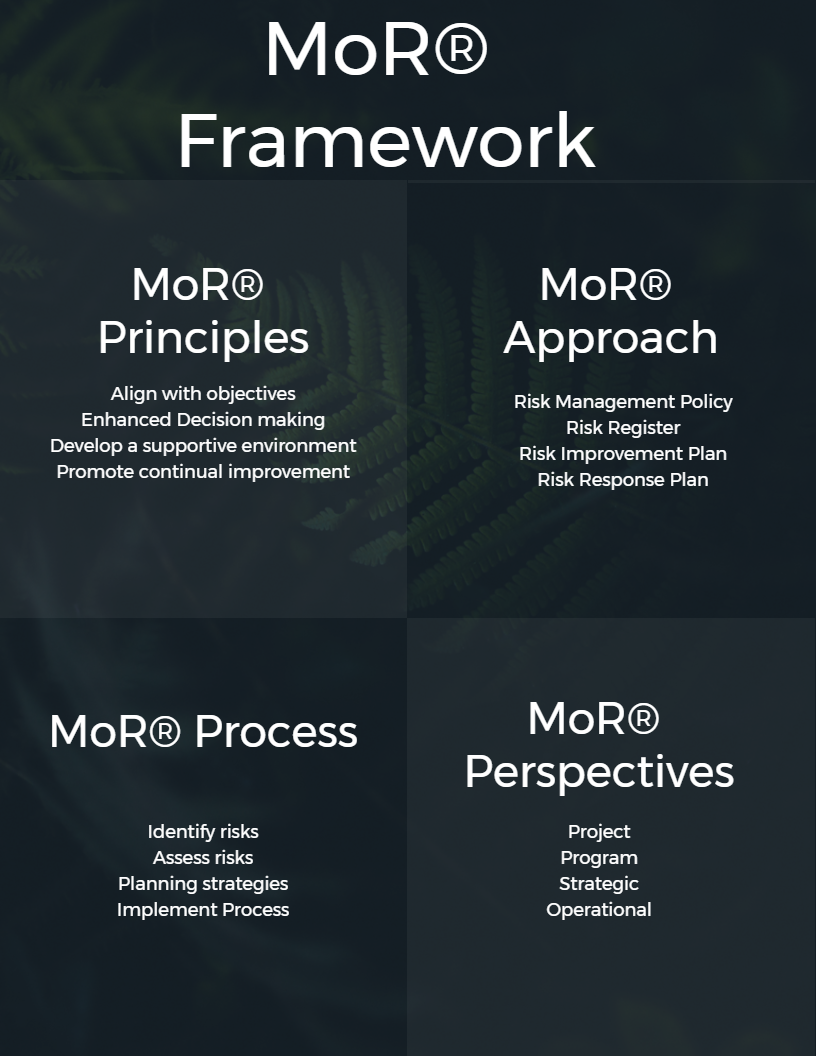Glasgow, with a population of 1,057,600, is the biggest city in Scotland. Not only this, it is also the fourth biggest city in the whole of UK after London, Birmingham and Manchester in terms of population. Glasgow is situated on the River Clyde in the West Central Lowlands of the country. Citizens of Glasgow are known as “Weegithe es”.
Places of Interest
Glasgow is home to various places that attract visitors every year. Some of the famous attractions of Glasgow have been listed below:
- Glasgow City Chambers: It is the most magnificent building that dictates the story of wealth and its industrial prosperity as the Second City of the Empire. It is a building that is an instant favourite among all who visit this beauty. The building was inaugurated by Queen Victoria in the late 1880’s and even today it is the headquarter of the city councils. There is a statue of the Queen with Truth above her. According to locals, the statue is their version of “The Statue of Liberty”.
- Glasgow Cathedral: The Reformation that happened in 1560’s in Scotland was a troubled time for the country. Many buildings famed for their architecture, collapsed. However, it was the Glasgow Cathedral that stood the test of times. It is considered to be a superb building of the medieval era. The building is said to have been built somewhere between the 13th and the 15th Interestingly, the building was built at the place where the patron saint and founder of the city, St. Mungo was laid to rest. The place is his shrine.The Glasgow Cathedral is home to a crypt that was built in the 13th century. The crypt houses the body of St. Kentigern.
- Glasgow Museums: The city is home to eight museums each of which have a rich collection of various artworks from the past as well as the present. The list follows:
- St Mungo Museum of Religious Life and Art and Provand's Lordship
- Gallery of Modern Art
- Scotland Street School Museum
- Kelvingrove Art Gallery and Museum
- People's Palace and Winter Gardens
- The Burrell Collection
- Glasgow Museums Resources Centre
- Riverside Museum
The museums have abundant of rare artworks, collection of different type of furniture, arms and armaments, and what not. All the Glasgow Museums have free admission and their sections for the kids as well where they not only have fun, they also learn. The accompanying shopping centres in some of the museums also sell replicas of the artworks.
- Glasgow Cross: The Glasgow Cross is medieval architecture building. It houses a Clock Tower that used to be a part of the City Chambers that was destroyed by fire in 1926. The building also houses another hexagonal shape building the Tolbooth.
- Glasgow is also famous for its bridges. The Tradeston Pedestrian Bridge, Kingston Bridge, and the Clyde Arc are just some of them.The Tradeston crosses the River Clyde on the east of the M8 motorway while the Kingston Bridge crosses the River Clyde carrying the M8 motorway along with it.The Clyde Arc is a new bridge and also has a wonderful curved design as it crosses the bridge.
- Parks: Besides museums and bridges forming the pride of Glasgow, the parks also help in promoting the city tourism. Some of the major parks that the visitors could come across in Glasgow are listed below:
- Bellahouston Park
- Botanic Gardens
- Glasgow Green
- Kelvingrove Park
- Mugdock Park
- Queen’s Park
- Strathclyde Country Park
- Victoria Park
- Fossil Grove: Part of the Victoria Park, this is open in summers only.
- Tollcross Park






